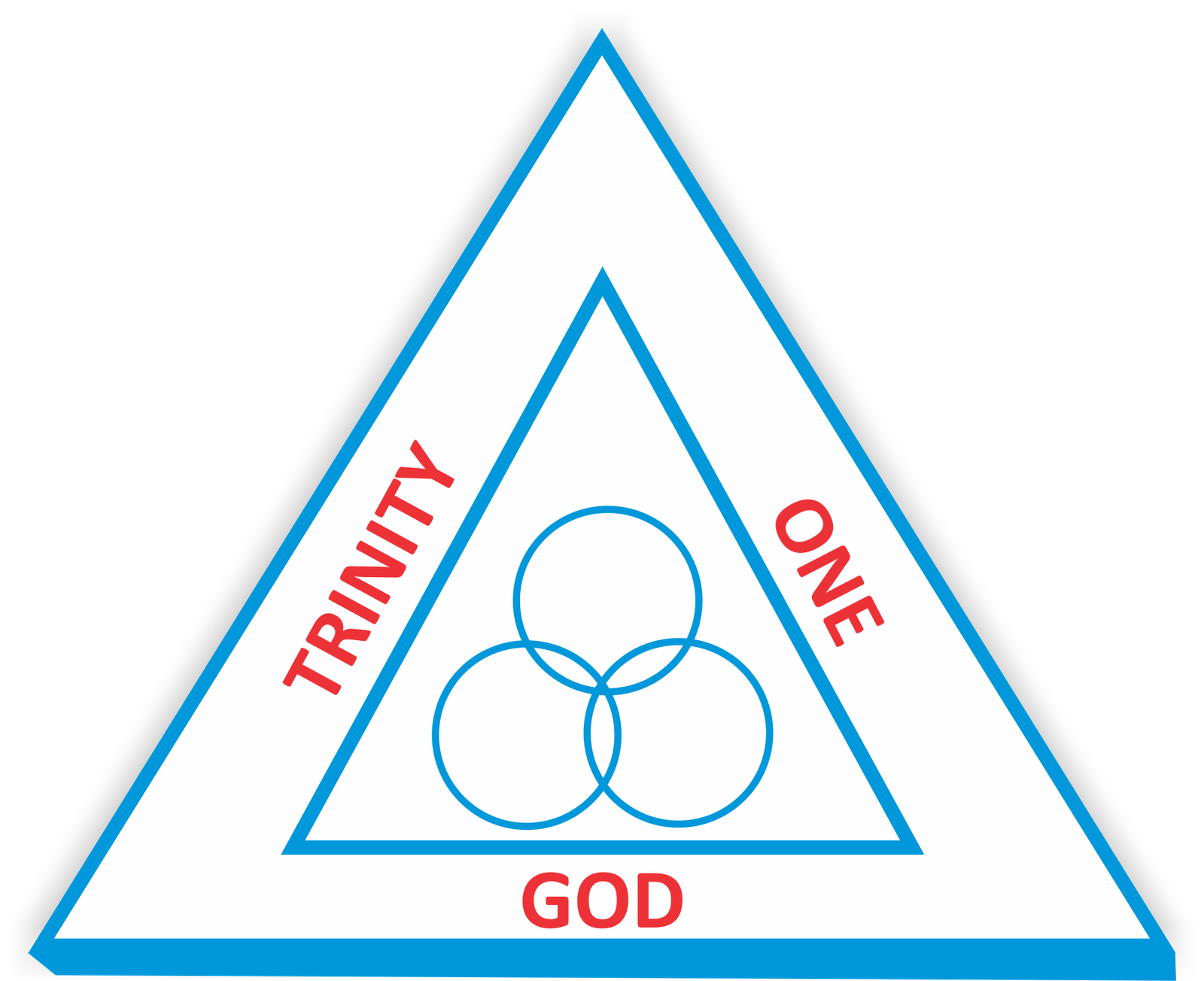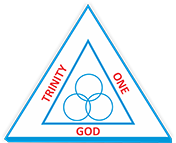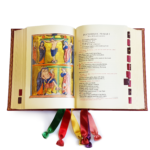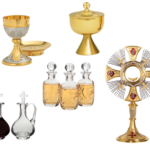VOCATIONAL ACCOMPANIMENT
₦5,750.00
Enhance Your Vocational Journey with Vocational Accompaniment
Embarking on a vocational journey can be both exciting and challenging. Whether you are a student exploring career options or a professional looking to make a career change, having the right support and guidance can make all the difference. That’s where vocational accompaniment comes in.
Vocational accompaniment is a personalized service that provides individuals with the necessary tools and resources to navigate their vocational path successfully. It involves working closely with a trained professional who understands the intricacies of the job market and can offer valuable insights and advice.
With vocational accompaniment, you can expect a tailored approach that takes into account your unique goals, interests, and skills. Your accompaniment professional will help you identify your strengths and weaknesses, explore different career options, and develop a strategic plan to achieve your vocational objectives.
One of the key advantages of vocational accompaniment is the ongoing support it provides. Your accompaniment professional will be there to guide you every step of the way, offering encouragement, motivation, and constructive feedback. They will help you overcome obstacles and navigate any challenges that may arise during your vocational journey.
Whether you need assistance with job searching, resume writing, interview preparation, or career advancement, vocational accompaniment can provide you with the expertise and support you need. By leveraging the knowledge and experience of a vocational accompaniment professional, you can make more informed decisions and increase your chances of success.
Investing in vocational accompaniment is an investment in your future. It is a proactive step towards achieving your vocational goals and realizing your full potential. So why navigate the vocational landscape alone when you can have a trusted companion by your side?
Size and packaging guidelines
Fermentum scelerisque hendrerit parturient nullam enim lobortis litora parturient dictumst.
Potenti a quisque tincidunt venenatis adipiscing parturient fermentum nisl tincidunt amentu.
Scelerisque conubia lobortis a condimentum ad eleifend dui integer maecenas habitant nostra.
| Specification | Chair | Armchair | Sofas |
| Height | 37" | 42" | 42" |
| Width | 26.5" | 32.5" | 142" |
| Depth | 19.5" | 22.5" | 24.5" |
| Assembly Required | No | No | Yes |
| Packaging Type | Box | Box | Box |
| Package Weight | 55 lbs. | 64 lbs. | 180 lbs. |
| Packaging Dimensions | 27" x 26" x 39" | 45" x 35" x 24" | 46" x 142" x 25" |
MAECENAS IACULIS
Vestibulum curae torquent diam diam commodo parturient penatibus nunc dui adipiscing convallis bulum parturient suspendisse parturient a.Parturient in parturient scelerisque nibh lectus quam a natoque adipiscing a vestibulum hendrerit et pharetra fames nunc natoque dui.
ADIPISCING CONVALLIS BULUM
- Vestibulum penatibus nunc dui adipiscing convallis bulum parturient suspendisse.
- Abitur parturient praesent lectus quam a natoque adipiscing a vestibulum hendre.
- Diam parturient dictumst parturient scelerisque nibh lectus.
Scelerisque adipiscing bibendum sem vestibulum et in a a a purus lectus faucibus lobortis tincidunt purus lectus nisl class eros.Condimentum a et ullamcorper dictumst mus et tristique elementum nam inceptos hac parturient scelerisque vestibulum amet elit ut volutpat.























Reviews
There are no reviews yet.